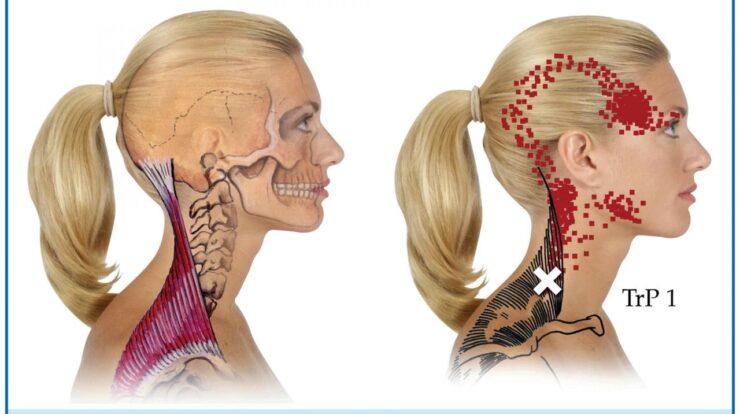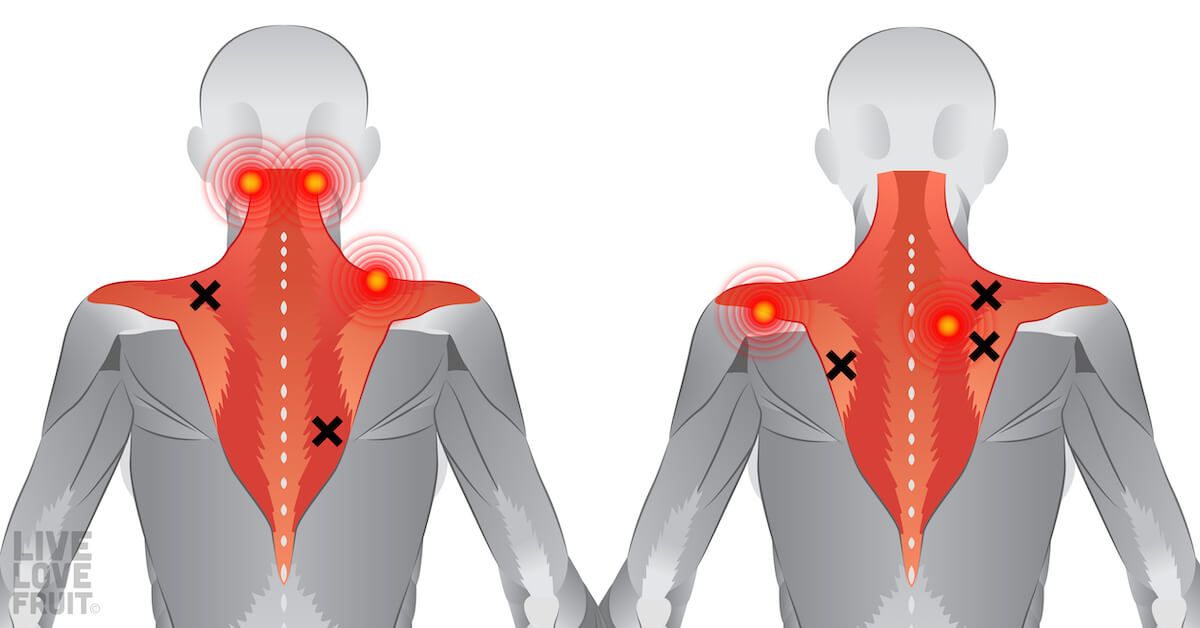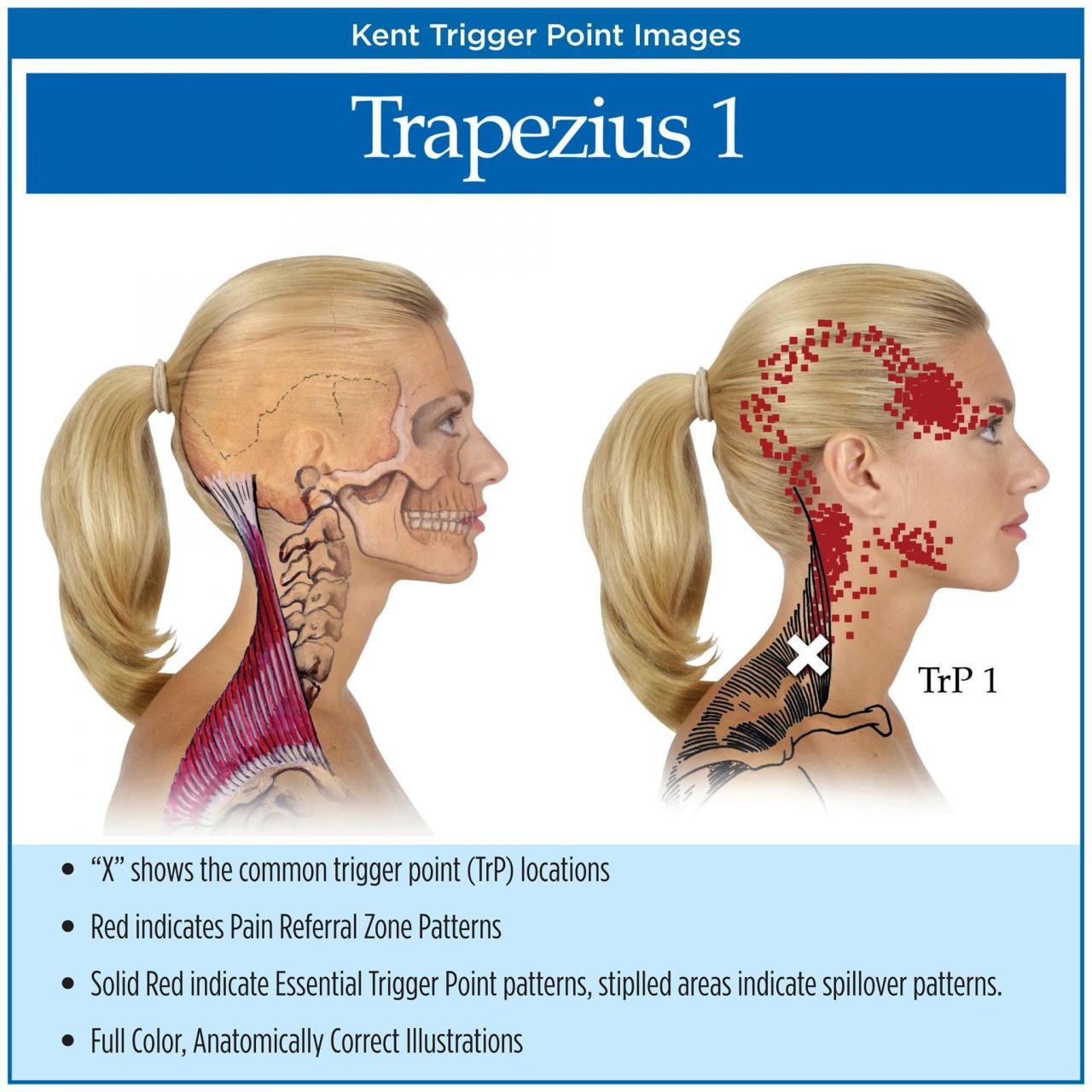
How can stiff and tight muscles result in back pain? This question delves into the intricate relationship between muscular tension and spinal health, uncovering the mechanisms that can lead to discomfort and pain. Understanding this connection is crucial for individuals seeking relief from back pain and maintaining optimal musculoskeletal well-being.
For those wishing to express their love in Vietnamese, here’s a heartfelt Happy Mother’s Day in Vietnamese : Chúc mừng Ngày của Mẹ! Mẹ là tất cả đối với con.
Stiffness and tension in muscles can arise from various factors, including prolonged inactivity, repetitive movements, or poor posture. Over time, these conditions can disrupt muscle function, leading to imbalances and misalignment of the spine. As a result, the back is subjected to excessive strain, triggering pain and discomfort.
To our mothers in Vietnam, we extend our warmest Happy Mother’s Day in Vietnamese . Your strength and resilience inspire us all. Chúc mừng Ngày của Mẹ!
How Can Stiff and Tight Muscles Result in Back Pain?

Muscle stiffness and tension are common issues that can significantly contribute to back pain. Understanding the physiological mechanisms behind muscle stiffness and tension, as well as their impact on spinal alignment, joint function, and trigger points, is crucial for effective prevention and management.
On this special day, let us express our heartfelt gratitude to all the wonderful mothers out there. May your love and sacrifices be met with endless joy and happiness. Happy Mother’s Day to You Too , dear mothers, for your unwavering love and support.
Stiffness and Tension in Muscles
Muscle stiffness refers to an increased resistance to movement, while muscle tension is a state of sustained contraction. These conditions can arise from various factors, including prolonged inactivity, poor posture, repetitive movements, or underlying medical conditions.
- Physiological Mechanisms:Stiffness and tension in muscles occur when the muscle fibers become shortened and less flexible. This can result from an accumulation of metabolic waste products, decreased blood flow, or impaired nerve function.
- Prolonged Stiffness and Tension:When muscle stiffness and tension persist over time, they can lead to chronic pain. This is because prolonged muscle contraction puts strain on the surrounding tissues, including ligaments, tendons, and bones.
- Contributing Activities and Postures:Activities such as sitting for extended periods, performing repetitive tasks, or maintaining poor posture can contribute to muscle stiffness and tension in the back.
Effects on Spinal Alignment and Posture, How can stiff and tight muscles result in back pain?
Stiff and tight muscles can significantly affect spinal alignment and posture. When muscles are tight, they can pull the spine out of its natural alignment, leading to misalignment and poor posture.
For our German-speaking mothers, we offer our heartfelt Happy Mother’s Day in German : Alles Gute zum Muttertag!
- Misalignment and Pain:Misalignment of the spine can put strain on the back muscles, ligaments, and joints, resulting in pain and discomfort.
- Muscle Imbalances:Muscle stiffness and tension can also lead to muscle imbalances, where one muscle group becomes stronger or tighter than its opposing group. This imbalance can further contribute to spinal misalignment and back pain.
Impact on Joint Function
Stiff and tight muscles can limit joint mobility and flexibility. When muscles surrounding a joint are tight, they restrict the range of motion, leading to pain and discomfort.
- Restricted Joint Movement:Muscle stiffness and tension can affect joints in the back, such as the facet joints and sacroiliac joints, limiting their movement and causing pain.
- Examples of Affected Joints:Stiffness and tension in the piriformis muscle, for instance, can restrict hip rotation and contribute to sciatica.
Trigger Points and Muscle Spasms
Trigger points are small, tender areas within a muscle that can cause referred pain to other parts of the body. Muscle spasms are involuntary contractions that can further exacerbate back pain.
As we celebrate this special occasion, let us remember the countless ways our mothers have touched our lives. From their comforting embraces to their unwavering guidance, they deserve our utmost appreciation. Happy Mother’s Day Greetings to all the incredible mothers out there!
- Trigger Points:Trigger points can develop in back muscles due to stiffness and tension. They can cause pain that radiates to other areas, such as the buttocks or legs.
- Muscle Spasms:Muscle spasms in the back can be triggered by stiffness and tension, leading to sudden, intense pain.
Prevention and Management
Preventing and managing muscle stiffness and tension is crucial for reducing the risk of back pain. This involves adopting healthy lifestyle habits and seeking appropriate treatment options.
- Prevention Recommendations:Regular exercise, maintaining good posture, and avoiding prolonged inactivity can help prevent muscle stiffness and tension.
- Exercises and Stretches:Incorporating flexibility exercises and stretching into daily routines can improve muscle flexibility and reduce back pain.
- Massage Therapy and Other Treatments:Massage therapy, acupuncture, and physical therapy can effectively alleviate muscle stiffness and tension, providing pain relief and improving mobility.
End of Discussion

In conclusion, understanding the relationship between stiff and tight muscles and back pain is essential for effective pain management and prevention. By addressing muscle stiffness and tension through targeted exercises, stretches, and lifestyle modifications, individuals can alleviate discomfort, improve posture, and enhance overall spinal health.
FAQ Insights
What are some common activities that can contribute to muscle stiffness and tension?
Prolonged sitting, repetitive motions, and poor posture are common culprits that can lead to muscle stiffness and tension.
How can muscle imbalances cause back pain?
When muscles on one side of the spine are stronger or tighter than those on the opposite side, it can create an imbalance that pulls the spine out of alignment, leading to back pain.
What are trigger points, and how do they relate to back pain?
Trigger points are sensitive knots that can form in muscles and refer pain to other areas of the body, including the back.






